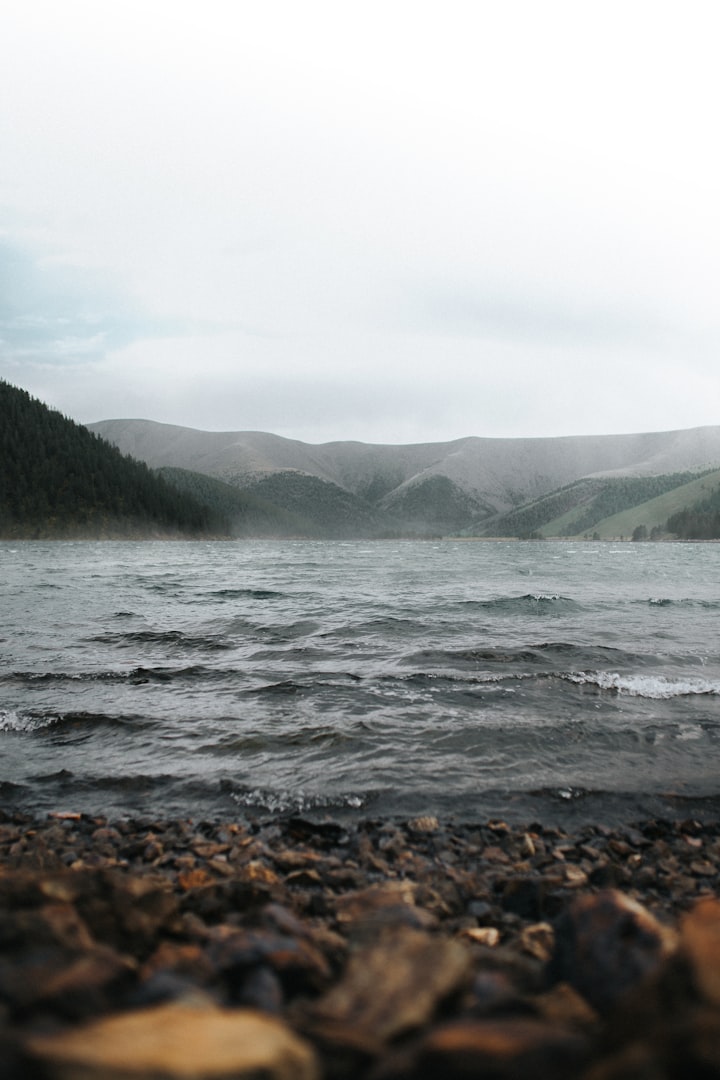
No, the Earth did not always look as it does today. The planet has undergone significant changes throughout its 4.5 billion-year history, including changes to its landmasses, climate, and the evolution of life on the planet.
When the Earth first formed, it was a hot and molten ball of rock and metal, with no atmosphere or water. Over time, the Earth's surface cooled and solidified, and water vapor was released from the planet's interior, forming the early atmosphere.
The early Earth was a violent and unstable place, with frequent volcanic eruptions and meteorite impacts. These events contributed to the formation of the planet's first continents, which began to form around 3.5 billion years ago.
The Earth's climate also underwent significant changes over time. For much of its early history, the planet was covered in ice, with occasional periods of warming that allowed for the evolution of early life forms. Later, the Earth experienced periods of intense warming, including the "hothouse" periods during the Mesozoic era, when the planet was dominated by tropical forests and dinosaurs.
The evolution of life on Earth has also contributed to changes in the planet's appearance. Early life forms, such as cyanobacteria, began to produce oxygen through photosynthesis, which led to the formation of the ozone layer and the development of a protective atmosphere.
Human activity has also contributed to changes in the Earth's appearance, including the destruction of natural habitats, deforestation, and pollution. These activities have had significant impacts on the planet's climate and biodiversity.
Formation Of Mountain ?
Mountains are formed by a variety of geologic processes, including tectonic plate movement, volcanic activity, and erosion. The most common way that mountains are formed is through the process of plate tectonics.
The Earth's crust is divided into a number of large plates that are constantly moving and interacting with one another. When two plates collide, one of the plates is forced beneath the other in a process known as subduction. The plate that is forced beneath the other begins to melt and form magma, which rises to the surface and creates volcanic mountains.
In other cases, when two plates collide, they may crumple and fold, creating a series of mountain ranges. This process, known as orogeny, can create some of the largest and most impressive mountain ranges on the planet, such as the Himalayas and the Rocky Mountains.
Erosion also plays a significant role in shaping mountains over time. Water, wind, and ice can wear away at the rock and soil of a mountain, gradually shaping it into its distinctive form. Over millions of years, the forces of erosion can wear down a mountain range to a series of rolling hills.
Formation of Seas :-
Seas are large bodies of saltwater that cover much of the Earth's surface. They were formed by a combination of processes, including plate tectonics, volcanic activity, and changes in sea level.
Plate tectonics plays a major role in the formation of seas. As tectonic plates move and interact with one another, they create deep ocean basins and mid-ocean ridges. The movement of these plates also causes the formation of underwater volcanoes and seafloor spreading, which contribute to the formation of new ocean crust.
Over time, changes in sea level have also played a significant role in the formation of seas. During periods of glaciation, large amounts of water are locked up in glaciers, causing sea levels to drop. This can expose large areas of seafloor and create new land masses, such as islands and peninsulas. When the glaciers melt, sea levels rise again, flooding these newly exposed areas and creating new seas and oceans.
In addition to these natural processes, human activities have also had a significant impact on the formation of seas. The construction of dams, for example, can alter the flow of rivers and cause changes in the salinity of coastal waters. Pollution and climate change can also contribute to changes in sea level and the health of marine ecosystems.





Comments
There are no comments for this story
Be the first to respond and start the conversation.